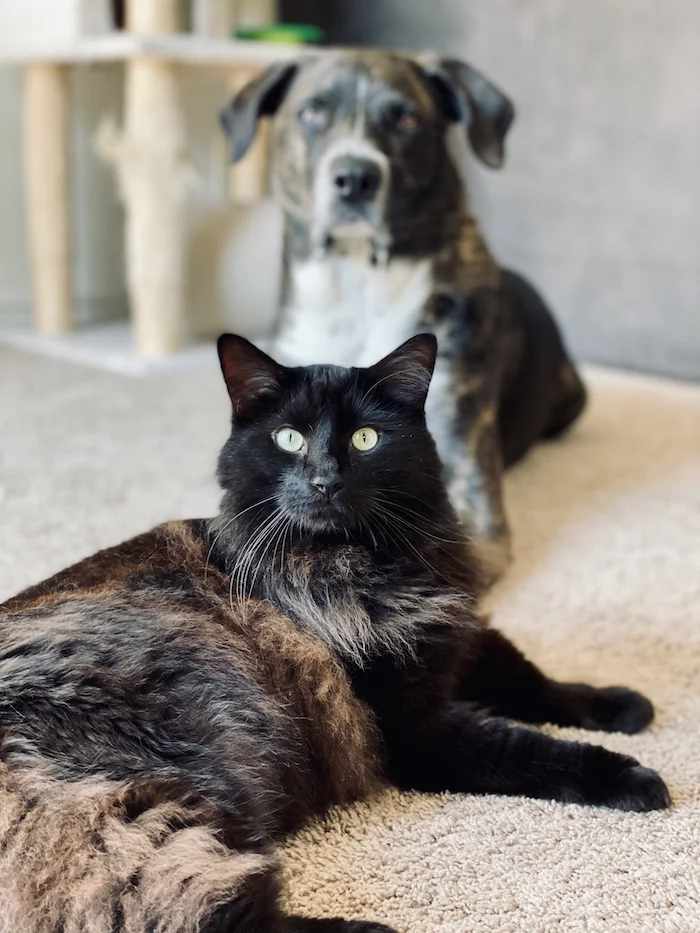
Are you struggling to keep your furry friend free from fleas? It can be a challenging task, but with the right tips, you can make it easier. Fleas can cause discomfort and even lead to serious health problems if not treated promptly. In this article, Country Boarding for Cats and Dogs have provided you with tips on how to effectively treat your pet for fleas. Enjoy!
What are Fleas?
Fleas are small, wingless insects that feed on the blood of mammals and birds. They are usually found on pets such as dogs and cats, but they can also infest humans. Fleas can cause a lot of discomfort to your pet, and if left untreated, they can lead to serious health problems.
How Pets Get Fleas
Pets like cats and dogs, can get fleas from other animals, or from the environment, such as grass or soil. Fleas can jump up to 13 inches, so your pet can pick them up just by walking through an infested area. Once fleas are on your pet, they can lay eggs, which can hatch and multiply quickly.
To prevent fleas from infesting your pet, it is important to take preventive measures such as regular grooming, vacuuming the house, and using flea prevention products.
- Use flea prevention products:
There are many flea prevention products available, such as flea collars, sprays, and shampoos. Talk to your vet about which product is best for your pet.
- Keep your pet groomed
Regular grooming can help prevent fleas from infesting your pet. Brush your pet’s coat regularly and use a flea comb to remove any fleas or flea dirt.
- Vacuum your house
Fleas can lay eggs in carpets and furniture, so it is important to vacuum your house regularly. Pay special attention to areas where your pet likes to sleep.
- Wash your pet’s bedding
Fleas can also lay eggs in your pet’s bedding, so wash it regularly in hot water.
- Treat your garden
If your pet spends time outdoors, you can treat your garden or outdoor area for fleas. Talk to your vet about which products are safe to use around pets.
By following these tips, you can help prevent fleas from infesting your pet and keep them healthy and happy.
Spotting Fleas on Your Pet
Physical Signs
One of the most obvious signs of flea infestation is the presence of fleas on your pet’s skin. You can spot fleas by parting your pet’s fur and looking for tiny brown insects that move quickly. Another physical sign of flea infestation is flea dirt, which is the faeces of fleas. Flea dirt looks like tiny black specks on your pet’s skin and fur. To confirm if it’s flea dirt, you can place the specks on a white paper and add a drop of water. If it turns red, it’s flea dirt.
Behavioural Changes
Fleas can cause a lot of discomfort to your pet, which can lead to behavioural changes. If your pet is scratching or biting its skin excessively, it could be a sign of flea infestation. Fleas can also cause your pet to become restless, irritable, and lose its appetite. Therefore, if you notice any of these behavioural changes, it’s essential to check your pet for fleas and speak to a qualified vet.
Conclusion
Spotting fleas on your pet early enough is essential to prevent an infestation. By looking out for physical signs such as fleas and flea dirt and behavioural changes such as excessive scratching and restlessness, you can prevent your pet from suffering from flea infestation. We hope you found this article helpful. If you would like to visit our fifteen acre secure dog park to walk your four-legged friend or speak with a friendly member of our team about a relevant cat or dog related enquiry, contact us today on on 01462 742658.